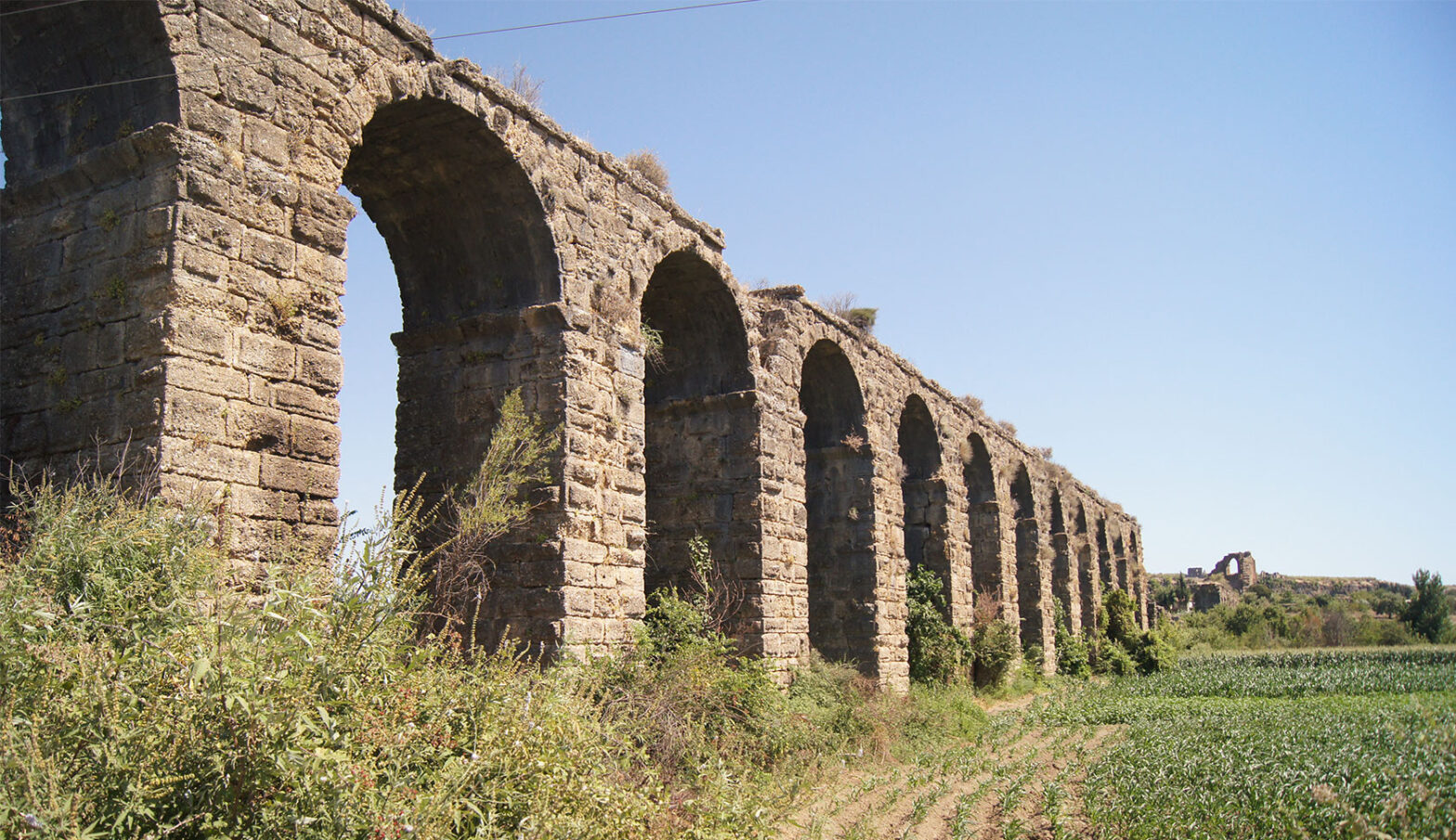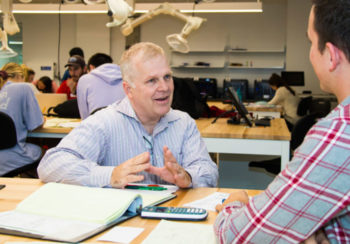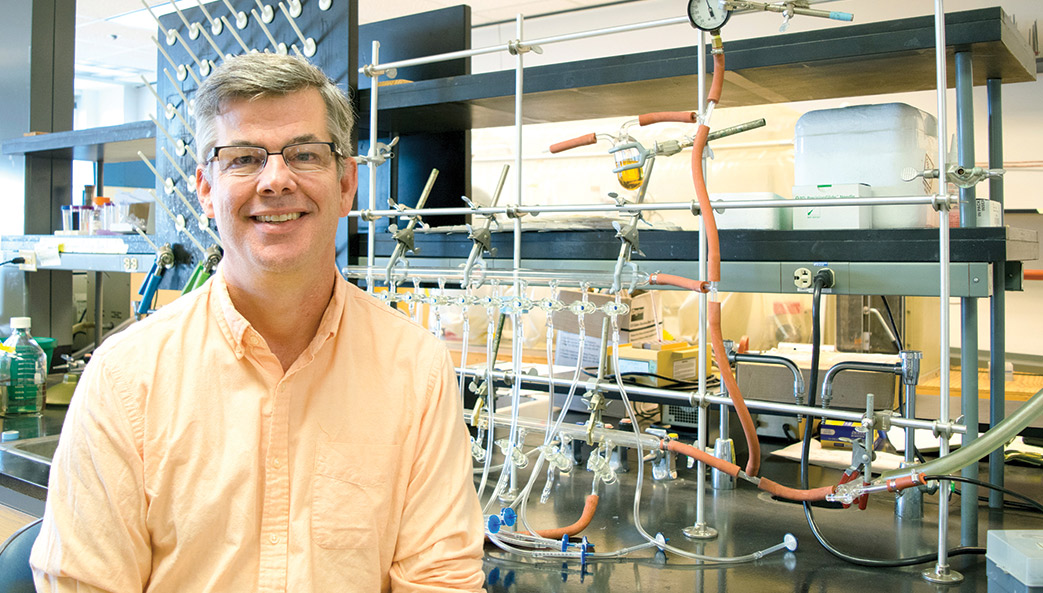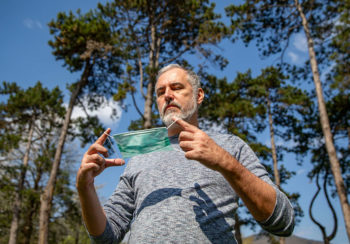Changes in the earth’s climate have emerged as a pressing issue of our time, but a team of international researchers—including the University of Georgia’s own Jordan Pickett—has published findings which reveal that environmental and climatic changes in the eastern Mediterranean were part of a “perfect storm” that led to widespread settlement abandonment or transformation in the early medieval period, roughly 1,500 years ago.
This new body of research, which challenges decades of scholarly work, provides modern humans with a case study for how our ancestors adapted creatively to changes in their environment.
These findings, published in PLOS ONE, are part of a study that examined the effects of premodern changes in climate throughout modern-day southwestern Turkey. The study combined approaches from climate science, archaeology and history to better understand the factors at play in the region’s initial growth, and subsequent transformation, over the course of the Roman and early medieval periods.

“I served as the archaeologist of the project,” said Pickett. “My role was the compilation of our regional dataset of 381 historical settlements. For each site, I read all the available literature and historical sources—in German mostly, but also French, Italian, English and Turkish, besides ancient Greek and Latin—and kept track of what was happening or being built at each site, in a database format.”
Because the period under study long predates thermometers and rain gauges, for climate data the team had to collect what researchers call “proxies”: physical remains that reveal important facts about long-term climate. These proxies often take the form of tree rings or sea cores, but in this study, cave stalagmites and pollen told the story.
This fusion of research revealed that eastern Mediterranean settlements were initially able to adapt creatively to changing climates between the 1st to 5th centuries A.D., but a combination of additional factors—earthquakes, plague, invasions of foreign armies—combined with changing environmental conditions, resulted in approximately half of settlements in the region disappearing from the map during and after the 6th century.
This research was made possible by the collaboration of five researchers from across the globe. Pickett, an assistant professor in UGA’s Department of Classics, was lead co-author on the paper alongside Matthew Jacobson, a climate scientist from the University of Glasgow. Pickett first met Jacobson at a 2018 meeting of the Climate Change and History Research Initiative at Princeton University. Their combined interests in climate science and archaeology set this collaboration in motion.
“Dr. Jacobson was researching stalagmites from Kocain Cave [pronounced “koja-een”], which is at the center of our article,” said Pickett. “The region around Kocain is one of the densest areas of modern Turkey for archaeological sites, and it was familiar to me from travel and research. It’s hard to drive five miles and not encounter a historical settlement.”
Their research not only told the story of widespread settlement decline in the region, but also challenged decades of scholarly work around the idea of a “Roman Warm Period”: a supposed centuries-long period of warmer temperatures. This idea has long been used to explain the Roman Empire’s initial widespread growth.
“The idea of a Roman Warm Period appeared in scholarship in the early 1990s and continues to be popular,” said Pickett. “We were interested to see whether this idea appeared in our climate data and were a bit surprised that it did not.
“Then again,” he continued, “the newest literature tends to emphasize that conditions across the Mediterranean vary greatly across relatively short distances. Regional proxies and climate constructions, like ours, are needed to understand differentiation in climates both through times and across geographies. And I think that’s where research is headed right now: to try and understand historical climate change, its impacts from region to region, in interaction with one another.”
Aside from the scholastic implications of this research, this body of research has implications for modern climate discussions as well. Pickett cautioned, however, that nuance should be applied when comparing today’s changing climate with that of the Roman and early medieval periods.
“Hopefully our study can offer a good case study: History’s lesson for today might be that we do have the capacity to reduce some negative effects of climate change, even if today’s scenario of rapid warming is unlike anything experienced in the past,” Pickett said, “but also that the combination of climate change alongside pandemic, war, other natural disasters, societal instability and so forth can have grievous consequences.”






